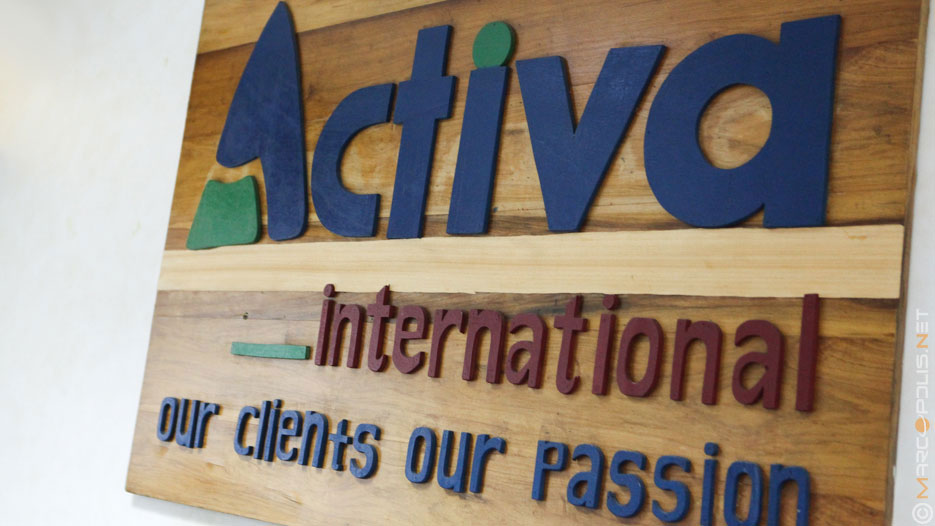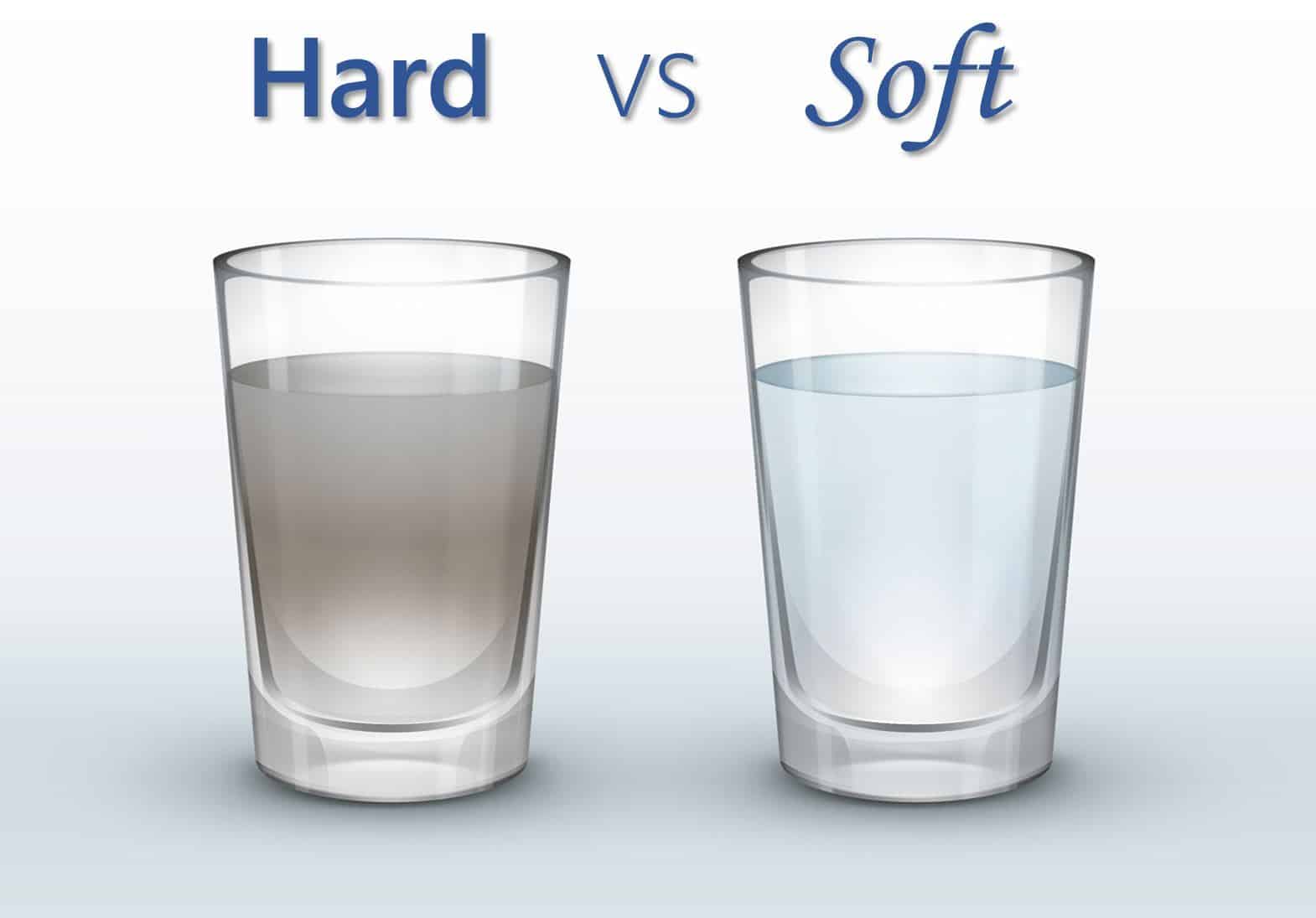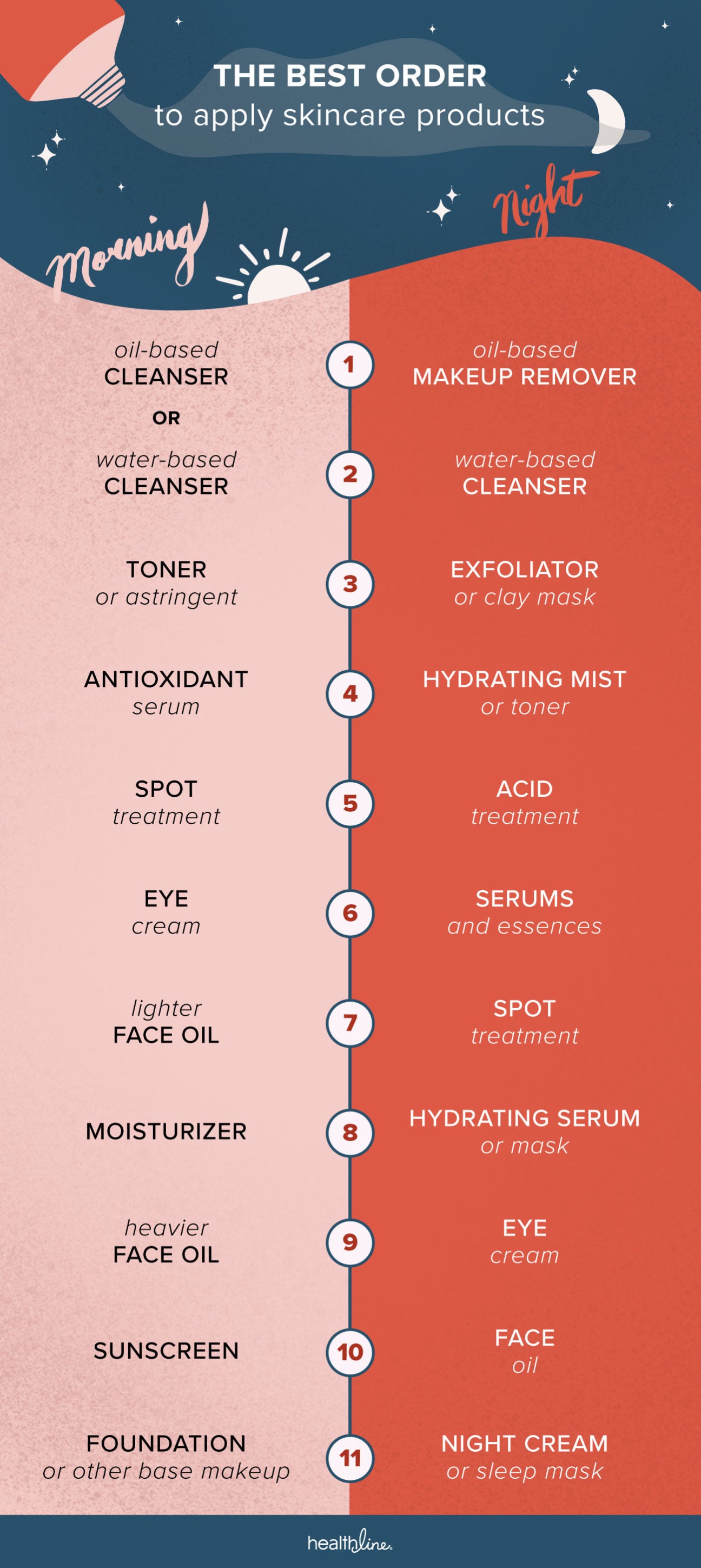Each person covered by a health insurance plan has a unique ID number that allows healthcare providers and their staff to verify coverage and arrange payment for services. It's also the number health insurers use to look up specific members and answer questions about claims and benefits. If you're the policyholder, the last two digits in your number might be 00, while others on the policy might have numbers ending in 01, 02, etc.
A member ID number and group number allow healthcare providers to verify your coverage and file insurance claims for health care services. It also helps UnitedHealthcare advocates answer questions about benefits and claims. Your health insurance policy number is typically your member ID number. This number is usually located on your health insurance card so it is easily accessible and your health care provider can use it to verify your coverage and eligibility. Many insurance cards list the specific amount that you are responsible for paying for the medical services you are receiving. If you see two numbers, the first is your cost when you see an in-network provider, and the second—usually higher—is your cost when you see an out-of-network provider.
For example, when you're referred to a specific specialist or sent to a specific hospital, they may not be in your insurer's network. Your member ID number and group number allow healthcare providers to verify your coverage and file claims for health care services. These numbers also help UnitedHealthcare advocates answer questions about your benefits and claims. Your insurance company may provide out-of-area coverage through a different health care provider network. If so, the name of that network will likely be on your insurance card. This is the network you'll want to seek out if you need access to healthcare while you're away on vacation, or out of town on a business trip.
If you lose your health insurance card with your policy and group number on it, it is important to contact your health insurance company right away and let them know. Call your insurance provider's customer service number and a representative should be able to help you. The descriptions below apply to most private health insurance ID cards in the United States. If you live outside the U.S. or have government-provided insurance, you may see some different fields on your card. Create a HealthPartners account to get the most from your health insurance plan. You only need to know your member ID number and your birth date.
Once you create an account, you can view your benefits, track your medical spending, compare the cost of medical procedures and find ways to lower the cost of care. If you forget or aren't sure what type of health insurance plan you have , you can find out on your BCBS ID card. If you have an HMO, your card may also list the physician or group you've selected for primary care. Determining whether a provider is in-network is an important part of choosing a primary care physician.
The first is for your in-network providers, while the second is for out-of-network health care providers. Other plans may have varying costs for different services as well. The back of your member ID card includes contact information for providers and pharmacists to submit claims.
It also includes the member website and health plan phone number, where you can check benefits, view claims, find a doctor, ask questions and more. Some health insurance plans include special savings accounts for health-related expenses. The key to getting the most out of your savings account is knowing which type you have and how to use it. Check the information your employer gave you to see whether you have a health savings account , health reimbursement account or flexible spending account . Then, use the links below to learn more and find important forms and resources.
Do your best not to lose your card, as it can potentially be a headache, especially if you need medical care while you're waiting to get a new card. Most health care providers will ask to see proof of insurance before they will see you. After going through, one can get a pretty straightforward idea about the health insurance cards.
I think that it is a good idea to maintain an effective health insurance coverage. I think that the cards should also link the patient's previous medical history. If you have coverage from an employer-based health insurance plan, there will most likely be a group number on your insurance card, as well. Your health insurance policy number is what identifies you as a covered individual under your current or previous plans.
It's important because if you change jobs or get married, divorced, etc., then your HIPN will need to match the new situation. If you move out of state, your HIPN needs to reflect where you live now. You can also provide this number to your health insurance company so they can look up your information when you have questions about your benefits and any recent claims.
Depending on your insurance plan, these numbers may be listed as a specific flat amount or a percentage of what the whole cost of the service will be. Sometimes, if you have a specific plan such as an HMO, which require you to see in-network providers, there will be two amounts listed on the card for each service. Different insurance plans sometimes cover different pharmacy networks. For example, CDPHP employer plans use a Premier network; CDPHP individual plans use a Value network; and CDPHP plans for seniors use the Medicare network. The back of the member ID card includes the member website and phone numbers to connect with customer service, speak with a nurse and discuss behavioral health.
It also includes contact information for providers and pharmacists to submit insurance claims. Keep it in a safe, easily accessible place like your wallet. Your card contains key information about your health insurance coverage that is required when you need care or pick up a prescription at the pharmacy. Keeping your card in a secure location will also help protect you from medical identity theft. Your insurance card should contain all of the information above. If you lose your health insurance card, contact your health insurance provider immediately and inform them.
They will issue you a new card, which may have a new member ID or other different information on it. They will also likely cancel your other ID information so that no one else can use your benefits. There are several other pieces of information that may be present on your health insurance card. Some of the basics include your name and the name of your insurance company, as well as a phone number to contact them at.
Most health insurance cards contain straightforward identification information about the people covered and the policy you have. The back of the member ID card may include phone numbers to connect with customer service, speak with a nurse and find behavioral health support. It also includes contact information for providers and pharmacists to submit claims. If you're wonderingwhere to find your group number on your insurance card, that answer is that it usually will show on the front of your card. If it's not there, you may need to call the customer service number, but you also just might not have one if you're not receiving your coverage through your employer.
It's called the myHP mobile app, and you can use it to manage your health care anywhere. Everything you need to take charge of your medical and dental insurance is on your phone. If you elected SHCA coverage, added dependents or changed your primary care physician during Open Enrollment, Aetna will send you a new member card by Jan. 1. All other current members can view the updated digital card sometime after Jan. 1. You can view and download your card from the Aetna Health mobile application, or via the Aetna.com website on your desktop.
Here are some examples of UnitedHealthcare member ID cards. Your member ID card may vary depending on your specific health plan and coverage. Your BCBS ID card has important contact information to help you reach your BCBS company. Look on the back of your card to find the phone numbers for customer service and eligibility questions. You can also use our directory to find your BCBS company's website.There you can log into your account and find out more about how to contact the company that provides you service.
Our phones, keys, driver's licenses and credit cards are kept at our fingertips at all times. Those items are unique to each of us, and provide access to the things we need. When it comes to healthcare services, that item is your Blue Cross Blue Shield ID card. To begin comparing health insurance providers rates, simply enter your ZIP Code above. The search engine will return a a wide range of health insurance companies who offer policies within your area.
Your marketplace plan ID is different than your application ID. You will receive your application ID along with your eligibility results after you apply for marketplace coverage. After you receive your application ID, you will need it to continue on with your application, compare different plans and prices, and to officially complete your health care enrollment.
Your plan type will also most likely be listed on your insurance card alongside yourgroup numberand member ID number. The two most common type of plans you might see on your card are HMO or PPO. You might also see an EPO plan or High Deductible Health Plans listed on your card. The member ID number is used to determine your coverage and eligibility for certain services. It is also used by your medical provider for billing purposes and by your insurer to look into claims and benefit information. We encourage you to reach out to your health plan's member services department so that they may assist you with specific questions about your ID card and benefits.
This is the name of your insurance company and one or more ways to reach them, like their website and phone numbers for customer service or other specific needs. Your Military ID card should be used as your TRICARE For Life benefit card. Your Military ID is your insurance card and has all of the information that a provider needs to file a claim.
The DoD number, benefits number or sponsor's social security number can be used when a policy number is requested. It identifies you and lets your doctors and other providers know how to submit your claims. UnitedHealthcare® members with plans through an employer may download the UnitedHealthcare app to view and show their member ID card on their smartphone or tablet. Your BCBS ID card has your member number, and in some cases, your employer group number. Your member number, also known as your identification number, is listed directly below your name. You'll need this information when receiving medical services at the doctor or pharmacy, or when calling customer service for assistance.
If your group number is available, you'll find it directly below your member number. Yourpolicy number on your health insurance cardwill not be the same as your group number. Thepolicy number on health insurancerefers to your individual member number, but the group number is different. If the health insurance policy is under someone else's name, such as your spouse or parent, their name be present on the insurance card, as well. No, policy number is specifically for your policy, but group number usually refers to your employer or group where you're getting your coverage.
If you haveno group number on your insurance card, that usually just means you aren't receiving it through your employer. Almost all insurance plans will assign you a member ID number, regardless of whether it is employer based or not. This number is individual to you specifically, whereas theinsurance group numbercan apply to multiple people who have the same employer as you, as well as their dependents. You may not think about your health insurance ID card very often.
After all, it probably spends most of its time in your wallet—until you, your doctor, or another medical provider really need it. If you don't feel like signing in, you may also be able to use the link below to see the "fine print" for some of the insurance plans we offer. To view and download your card, log into the new EngagementPoint app (or create a new account if you haven't yet). Note that you can access EngagementPoint from your desktop or mobile device. In the navigation, "ID Cards" is listed at the top, under "Home." Your member ID card – like the example shown here – identifies you as a CareFirst member and shows important information about you and your covered benefits.
Each family member on your plan should have a card with their name on it. Make sure to always present your ID card when receiving services. If you don't have your physical card, you can view it on your smartphone through My Account. Tiered access - If you have a tiered network, you might have different out-of-pocket costs for providers in the different tiers. When you log in at hap.org and search for a provider, if you have a tiered network, each provider will list which tier they are in. All members, including dependents under 18, can access a digital ID card.
These are available via our HAP OnTheGo mobile app or by logging in at hap.org. When taking children under 18 for services, parents should show their own card. Some insurance companies give specific names to certain plans, like those available through the healthcare exchange, instead of using group numbers . If you are the policyholder, your name will be on the card.
If you have dependents—like a spouse or children—on your health insurance policy, their names might be listed on your card, too. If you are not the policyholder, then your card may show your name and the policyholder's name in separate fields. All medical plan providers have made it easy for you to download and print your card digitally and important information is being added to your card for 2022. Your card also has information about the type of plan you have and your provider network.
ID number - Identifies you as a HAP member and is the primary information providers use to get claims processed. It's also the number you'll use to register at your hap.org account. This is a unique 14 digit identifier that may be a combination of both numbers and letters. When searching on the health care marketplace, you will be able to find a plan's ID number below the plan's name along with a preview of the plan's prices and coverage options. Some types of plans also require referrals, while others do not and each type of plan may have a different way of calculating out-of-pocket costs and copays. You may also see the name of your specific plan on your card, which can be helpful if you need to call customer service, as they will likely ask which plan you're enrolled in.
Our insurance industry partnerships don't influence our content. To compare quotes from many different insurance providers please enter your ZIP code above to use the free quote tool. It refers to all medical providers that aren't in the CDPHP coverage area. If your plan includes benefits for prescription drugs, you will also find some information related to them on your health insurance ID card. If you elected Kaiser or added dependents during Open Enrollment, Kaiser will send you a new member card before Jan. 1.
Note that while Kaiser is still producing physical cards, they are moving away from cards with embossed lettering to cards that are flat and laminated. All members will be able to access their new cards digitally through the Kaiser mobile app by Jan. 1. If you've opted into electronic delivery of Blue Shield's communications, you won't receive an ID card by mail. New plan members can expect a new ID card in the mail by Jan. 1. If you need an additional card, log in to your hap.org account and request one to be mailed, or download one to use immediately. If you have questions about your coverage, please call a Customer Service specialist at the number on your HAP ID card.





















































